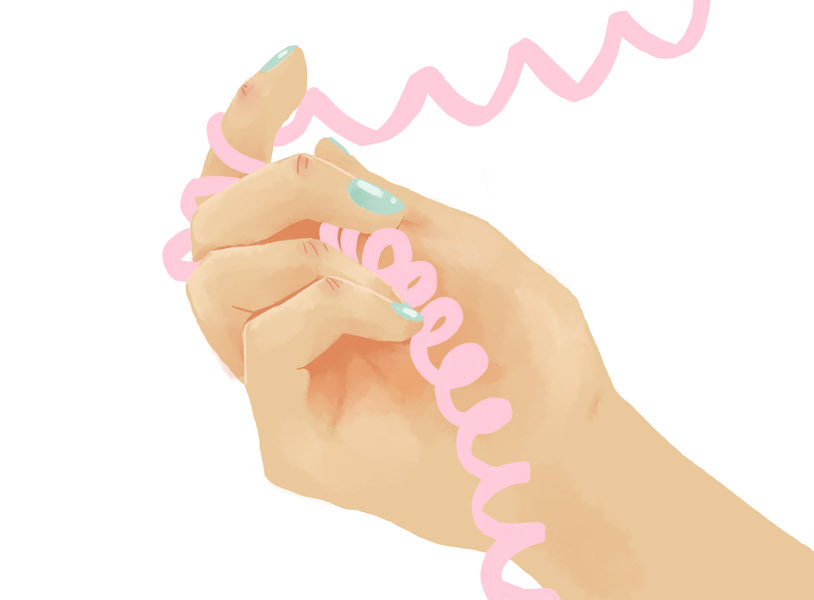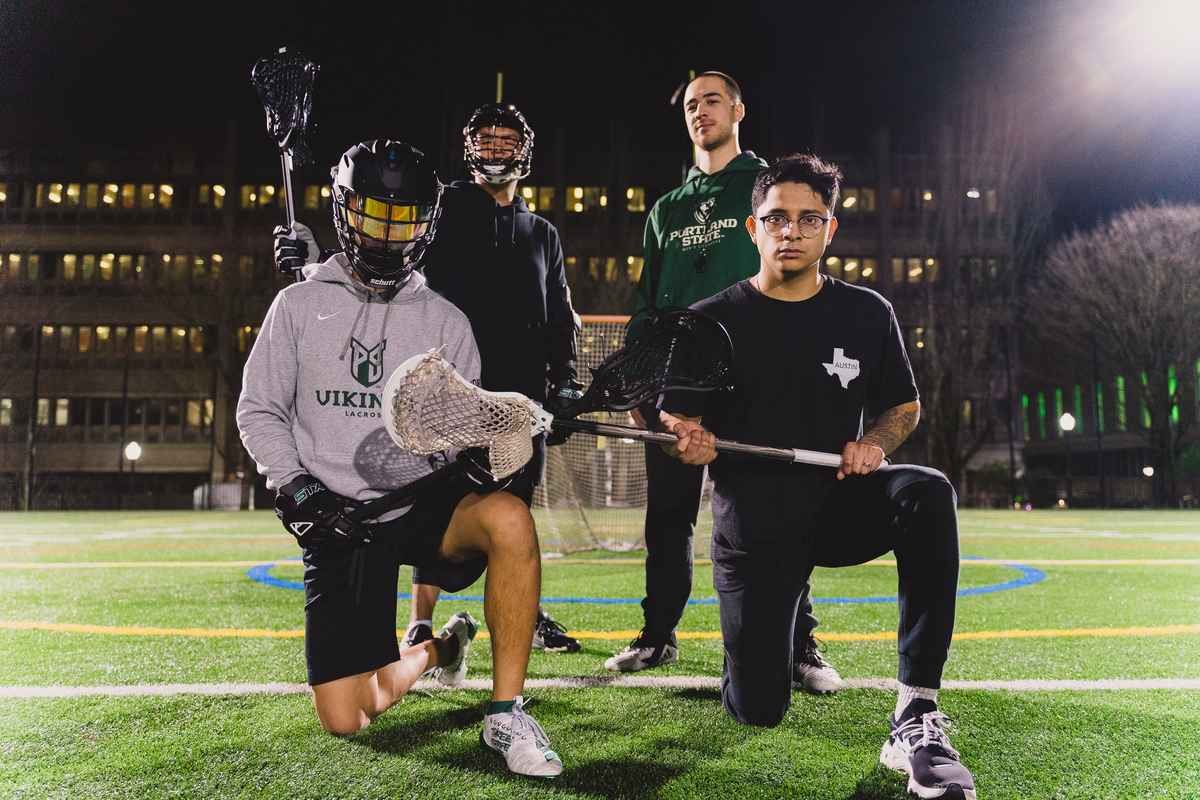This week I got a neuroradiology report assessing imagery since my bus accident that confirmed a lot of what I already knew but gave me some bad news.
The good thing is that the specialist I need to see is in Vegas. The bad news, obviously, is the range of injuries: from a twisted brainstem to a Chiari Malformation. My ventricles are enlarged to an extreme degree, the prognosis for that being rated as “poor.” The fact that I finally have a name for my injuries is somewhat comforting, but the results of these injuries are still painful, no less so just because I know what they are.
Good times.
As a result of my brain injury I’ve moved from troublesome cognitive disabilities to profound, life-changing physical disabilities. I have been acutely aware of the limitations presented by society, from buildings without ramps to uncaptioned videos. A lot of you, in some communities up to a third of you, have some type of disability, both visible and invisible. According to the American Community Survey, 12.8% of Americans are disabled, and 39% of those identifying as LGBTQ+ also identify as disabled.
Having the best in terms of accommodation, attention and respect should be a given.
My first question to you is, have you heard about the Disability Resource Center? To help meet the diverse needs of the campus disabled community, the DRC at Portland State is active in ensuring students receive accommodations and having a safe space to decompress or finding advocates on campus.
Are you aware, by the way, that there are a range of routes and access points for disabled students with mobility issues? These routes, often secured and removed from high-traffic areas, are also great for students who experience sensory overload. For example, underground passages between Cramer Hall, Smith Memorial Student Union and Fariborz Maseeh Hall provide a quiet and evenly lit route under the city and away from car horns and construction.
Abled students, did you know that sometimes people with mobility problems will alternate between modes, sometimes using no mobility device or aid at all and sometimes using a powered device like a chair or scooter? The idea that you gotta stay in your chair or you’re faking is pernicious. Also, if you see someone with a mobility device or aid walking toward you on the sidewalk, please, please recognize that it’s better for us to go in a straight line and just slide to the left or right so we can keep moving.
Finally, have you heard that if you have issues with accessibility that need prompt resolution, there’s no reason to not ask either the DRC or file a Barrier to Physical Access form.






